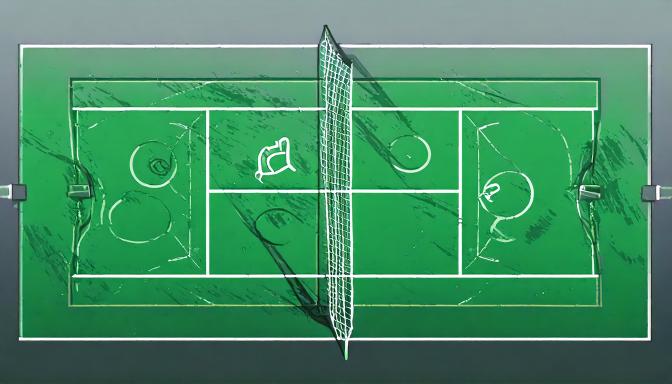Wimbledon, one of tennis’s most prestigious tournaments, announces a transition from traditional line judges to an advanced electronic line-calling system (ELC). This move, aimed at enhancing the accuracy of calls, has stirred reactions among fans and long-time line judges. Although this shift embraces technological advancements, it also signals the end of a 147-year tradition of human line calls on Wimbledon’s courts.
What’s Happening & Why This Matters
After extensive testing, Wimbledon’s All England Club deems the electronic line-calling system reliable enough to replace human line judges at its upcoming tournament. Sally Bolton, Chief Executive of the All England Club, states that this decision was not taken lightly, saying, “We believe the technology offers the consistency and accuracy our sport deserves.” This approach to line judging has already gained traction in other major tournaments, including the Australian Open and, more recently, the US Open, leaving the French Open as the only Grand Slam to retain human line judges.
While the ELC system guarantees uniformity in judging, its introduction has saddened some tennis enthusiasts and line judges who view their role as integral to the court’s atmosphere. The human element brought by line judges—whether in high-stakes moments or in the routine calls of a match—has historically contributed to the excitement and tension of live games.
The All England Club acknowledges the legacy of line umpires and their contributions. Bolton emphasizes Wimbledon’s responsibility to balance tradition with innovation, underscoring the value of both human judgment and advanced technology. Though this change alters the face of officiating, the club assures that the shift to ELC will not compromise the integrity of the sport or the tournament’s authenticity.
“We believe the technology offers the consistency and accuracy our sport deserves.”
Sally Bolton, All England Club CEO
With ELC, Wimbledon expects to improve viewer experience and competitive fairness by offering consistent conditions that remove the possibility of human error. Players, many of whom have encountered ELC on tour, should adapt smoothly to the change, knowing the system’s reliability. ELC’s introduction also aims to enhance Wimbledon’s global broadcast appeal, drawing larger audiences for the finals as the champions play under conditions that mirror the current technological standards of most Grand Slam tournaments.
TF Summary: What’s Next

Wimbledon’s embrace of electronic line-calling marks a pivotal step in sports technology. As this system takes hold, Wimbledon enhances its alignment with other Grand Slam tournaments while prioritizing fairness and consistency. Spectators, players, and officials will witness a tournament that upholds tradition even as it integrates modern solutions. This modernization encourages discussions technology’s role in tennis (and other sports), particularly regarding impact on match flow, audience experience and the utilization of on-court officials.
— Text-to-Speech (TTS) provided by gspeech


